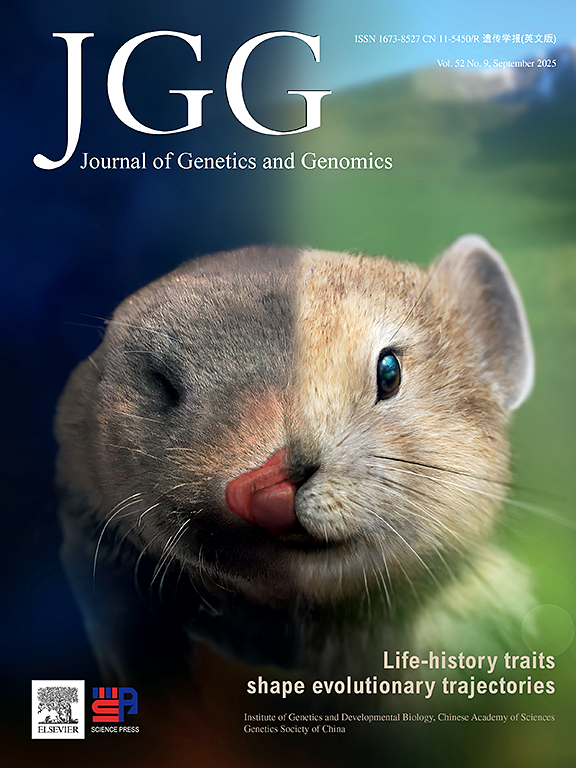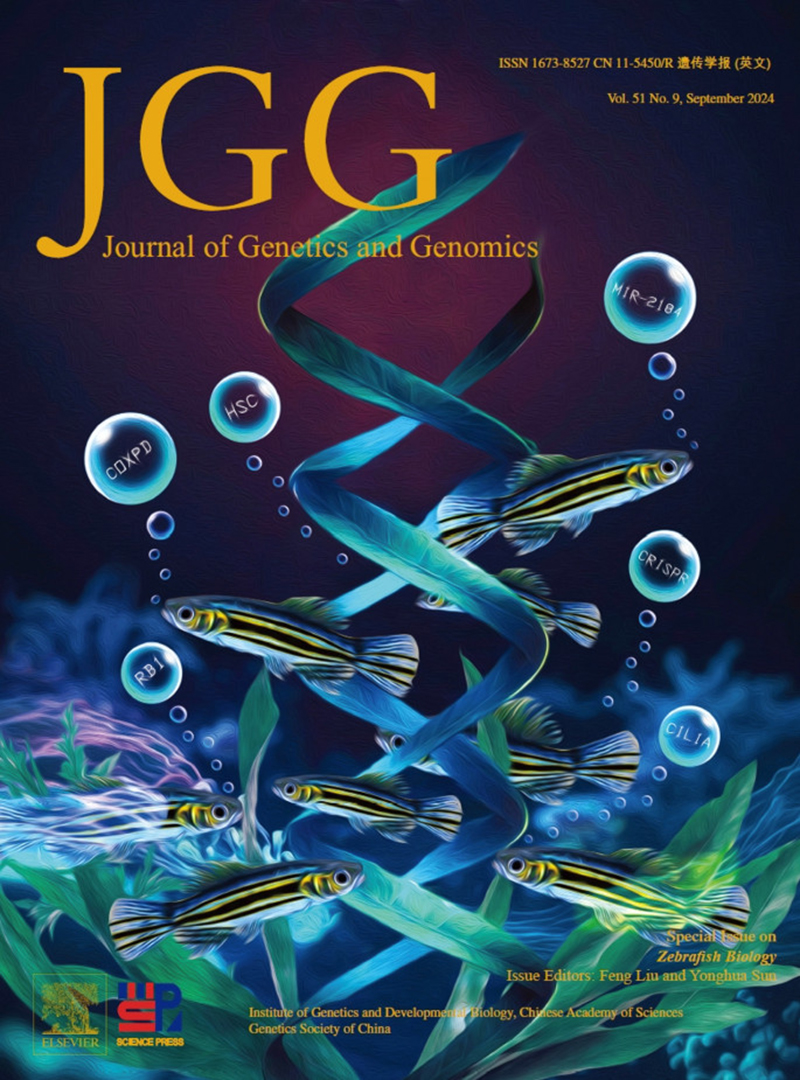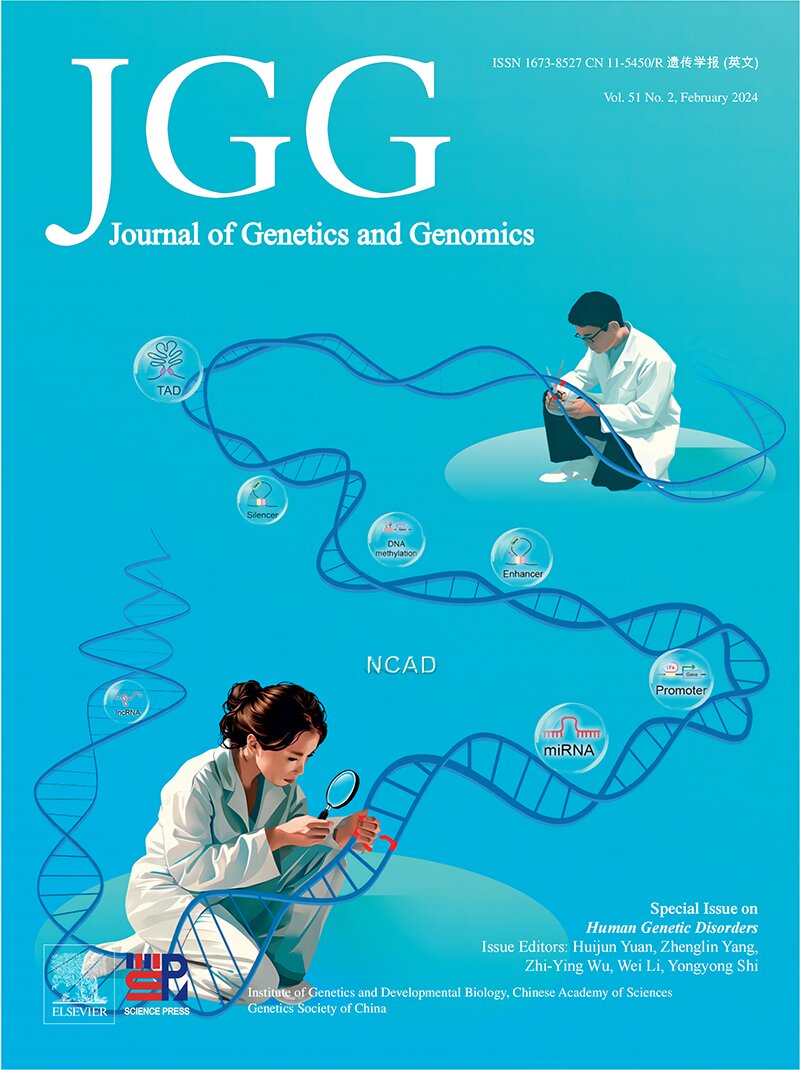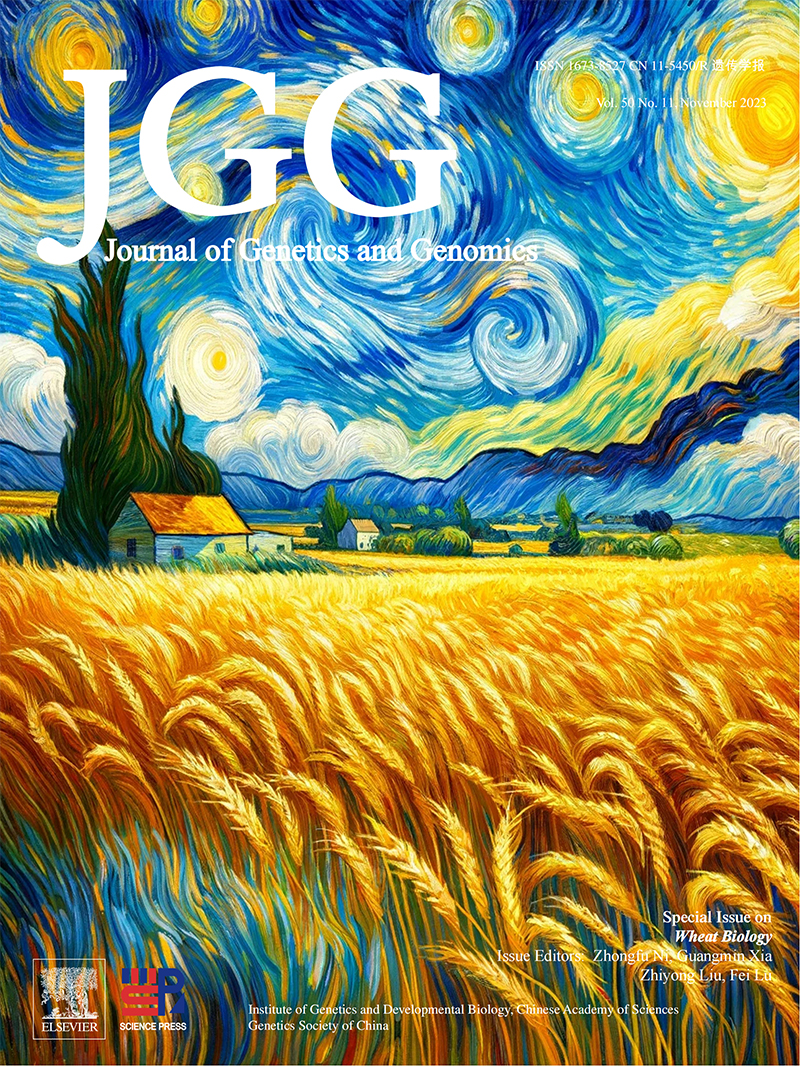, Available online ,
doi: 10.1016/j.jgg.2025.09.007
Abstract:
, Available online ,
doi: 10.1016/j.jgg.2025.09.006
Abstract:
, Available online ,
doi: 10.1016/j.jgg.2025.09.005
Abstract:
, Available online ,
doi: 10.1016/j.jgg.2025.09.003
Abstract:
, Available online ,
doi: 10.1016/j.jgg.2025.09.004
Abstract:
, Available online ,
doi: 10.1016/j.jgg.2025.09.002
Abstract:










